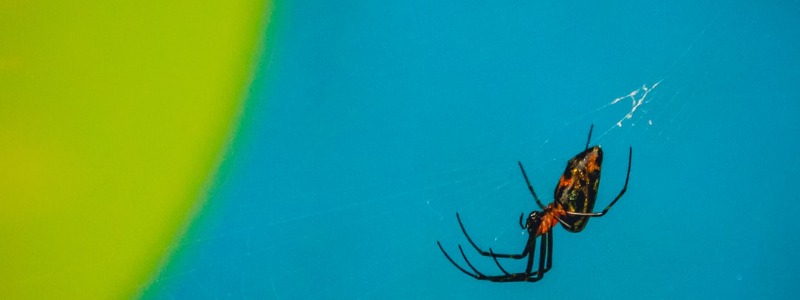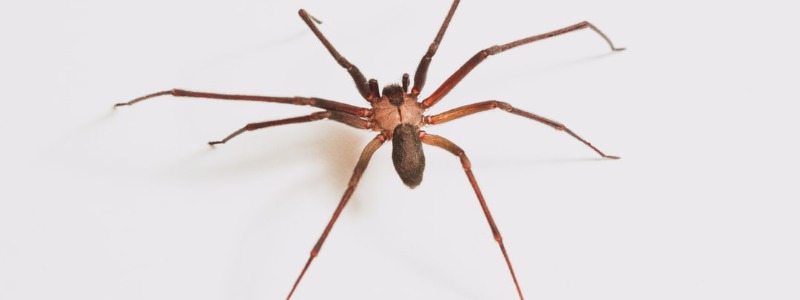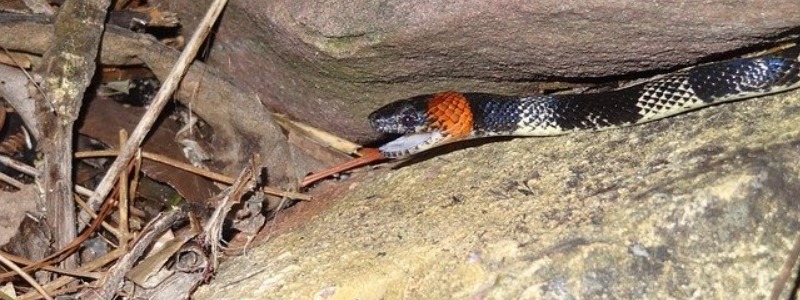I was visiting with a friend in Beaufort, South Carolina over the weekend when he received a phone call from his colleague. He was supposed to go repair his pick-up; however, due to the fellow being struck on the hand by a rattle snake, repairs on the vehicle were put on hold.
This little incident, though had no direct impact on me or my family, it did make me think about something. What would I do if I were to move something in my yard and encounter one of these dangerous critters? Do I know how to determine whether the snake is deadly or not? Or even a spider for that matter? Do I even know what type of snakes or spiders I have to worry about in the Lowcountry? The startling answer to each and every one of these questions was, no.
I have grown up in the south and my family is very active outdoors; for me not to know what type of potential dangers could be lurking under ever rock or log in my yard, was absolutely terrifying. So with that being said, I had to wonder if there are others out there who may not know either and so decided to help others through my own discovery.
After doing a little bit of research, I have discovered that most poisonous snakes residing within the United States, fall under the pit vipers or the coral snake categories. The only exceptions to this rule are those snakes which have been brought to the area and are not indigenous.

If you are outside doing yard work or come across a snake inside your home, always be careful when approaching the serpent. If it is determinable that the snake is non-venomous, then simply hold it down with a long forked stick or rod and then scoop it up with a shovel and remove from the home. With poisonous snakes, the task is a bit trickier and I would recommend that you call a professional to remove the snake rather than trying to do so yourself.
Please remember, snakes, whether venomous or not, are not all bad and do not always deserve to die on sight. Snakes are natural predators and help keep the insect and rodent population under control. There are even some snakes that hunt and kill rattlesnakes (and the king snake is not poisonous). So whenever possible, please elect to relocate the snake rather than kill it.
South Carolina Pit Vipers
First, I am going to discuss the pit vipers; this category includes rattle snakes, copperheads, and cottonmouths or otherwise known as water moccasins. When it comes to the pit viper class of snakes, there are some characteristics that distinguish them from other snakes. For example, if you are in a position that allows you to see the eyes of the snake, look at the pupils. A pit viper has vertical pupils, kind of like a cat. There will also be deep pits on the side of the snakes head between the eyes and nostrils. Finally, when it comes to pit vipers, look at the shape of their head; if the snake has a triangular head, chances are really good that it is a poisonous snake and that you should proceed with extreme caution.
Coral Snakes in SC
The second class of poisonous snake in the area is known as the coral snakes. These snakes do not possess the features listed previously relating to the pit vipers. Instead they are recognizable by the red, yellow or white, and black rings that run the full length of the snake. Coral snakes generally only reach a maximum length of approximately 2 ft. Not every snake possessing these markings are poisonous, this simple rhyme could help you determine the danger level: “Red into Yellow kills a fellow. Red on black, friends with Jack.”
Again, I must emphasize that if you come into contact with any snake in the wild, please use extreme caution because even though the poisonous snakes may be the only ones with fangs, all snakes have teeth and will bite. Their strike zone must be considered when approaching any snake; to determine the strike zone, consider the overall length of the snake and estimate about half of it to be the danger zone. Now if the unthinkable does happen and you or someone you are with happens to get bit by a snake, there are some things you need to know.
When looking at the bite, a non-poisonous snake will leave scratches in the skin with little to no swelling or burning. A poisonous snake on the other hand, will leave distinct puncture wounds. With a venomous strike, there will also be a burning sensation in the area of the bite. The victim will likely feel pain in the strike zone and it could travel to the abdomen.
When a person is bit by a snake, keep the wound below heart level on the victim, limit their movement, do not allow them to drink anything, and do not put ice on the infected area. And most importantly, the victim needs to seek emergency medical attention immediately after being bitten by any venomous snake. If the victim is stuck by a snake but does not have any swelling or burning, but have other symptoms such as dizziness, vomiting, or blurred vision occur, seek emergency care immediately.
With the heat outside, snakes will be moving a lot during the day. They will seek shelter anywhere they could keep cool such as under a pile of firewood, or around swimming pool equipment. Always be on the alert when moving things around in your yard because you could easily come across one of these deadly creatures and be on the receiving end of its attack.
Snakes may be a huge threat, but they are not the only thing we have to worry about receiving a bite from. In Beaufort, South Carolina, there are two deadly spiders we need to be on the look-out for as well: The female black widow and the brown recluse.
Black Widows
Only the female black widows are a danger to people. They are one of the most recognizable spiders with their large bulbous abdomen and the tell-tale red hour glass on the bottom side. In general, a black widow is most likely to bite a person is when she is guarding her nest and feels that her eggs are in danger; however, be advised that this is not the only time they will bite.

One bite from a black widow and you immediately feel sharp pain that is localized to the area of the bite. A person may also experience muscle cramps, the pain may spread to the abdomen, weakness, tremors, breathing issues, a feeble pulse, cold clammy skin, and delirium. A single bite from one of these spiders could be deadly, so if you receive a bite, go to the emergency room immediately and seem medical treatment. Also be advised, as with any reaction, the symptoms may vary from person to person. But it is crucial to seek medical care.
Brown Recluse
The brown recluse is a bit stealthier than the black widow. These spiders range from light brown to yellow and have a slim body with very long legs. Sometimes they can have the shape of a fiddle or violin on their back which is what has earned them the nickname, the fiddler spider. These spiders are also recognizable by their three distinct pairs of eyes.
During the day, these spiders usually just lay around in dark places and rest, then become active hunters at night. Most often when a person is bit by one of these spiders, it is when they are cleaning or working in the area where the spider is resting for the day.

A bite from the brown recluse is not painful at first and often a victim is unaware that he or she was bitten until the next day. Swelling will start to appear around the bite from 2-24 hours after initial contact. At this time the area will redden and a white ring will form around the outside, looking much like a bulls eye. The swollen area will grow into a blister that will continue to get larger and eventually burst; when this happens, the gaping would left behind will also continue to get larger.
The only way to stop the tissue death around a bite would from one of this spiders is to get treated by a doctor, otherwise the wound will continue to consume bodily tissue. If left untreated, this can be a deadly bite as well.
There are ways to discourage both, snakes and spiders, from moving into your home or yard. First make sure everything is neat and clean. Destroy spider webs as soon as they are noticed. Insecticide routinely will also prevent spiders. Spreading mothballs will discourage snakes from entering an area. Be advised that these are wild creatures and no way is completely guaranteed to keep these critters out. The best form of protection is to be knowledgeable about them and to use extreme caution when coming into contact with them.
